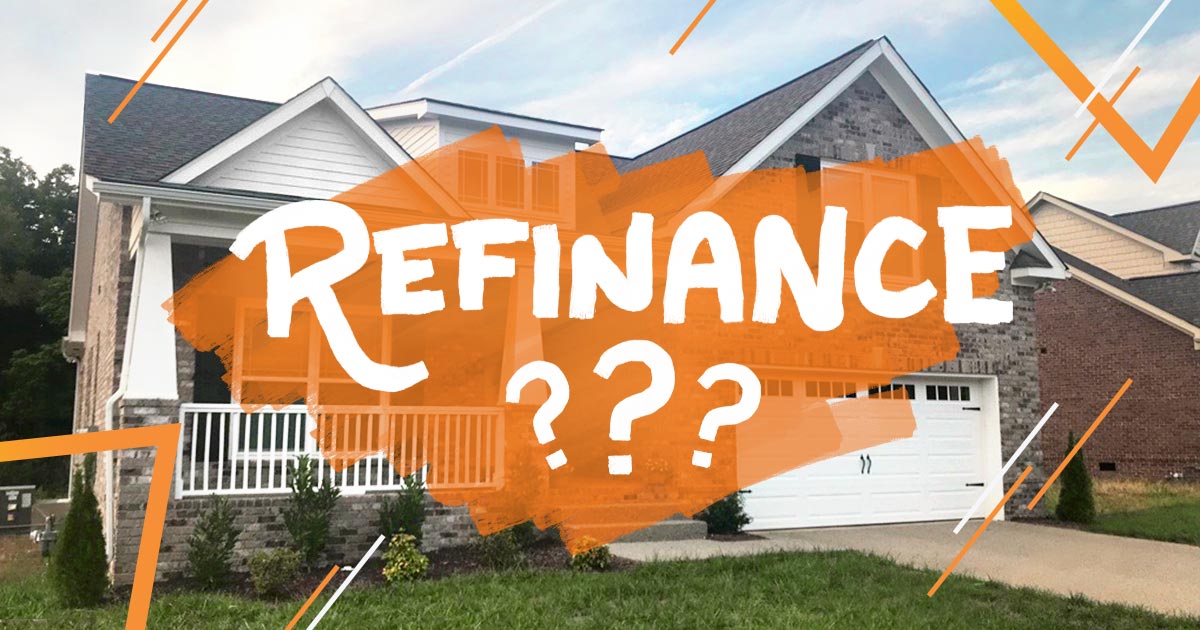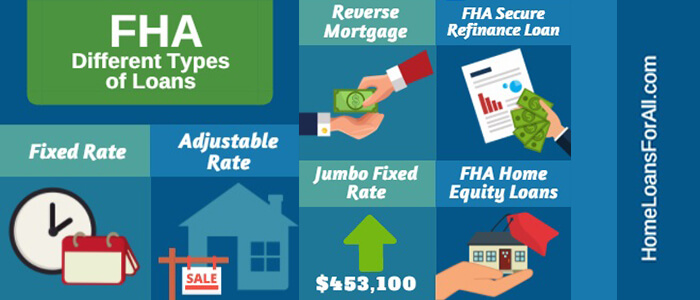But the scars of the crisis are still noticeable in the American real estate market, which has actually undergone a pendulum swing in the last decade. In the run-up to the crisis, a real estate surplus triggered home mortgage lending institutions to release loans to anybody who could fog a mirror simply to fill the excess stock.
It is so rigorous, in truth, that some in the realty market believe it's contributing to a real estate shortage that has pushed home rates in many markets well above their pre-crisis peaks, turning more youthful millennials, who came of age during the crisis, into a generation of occupants. "We're really in a hangover stage," said Jonathan Miller, CEO of Miller Samuel, a property appraisal and consulting company.
[The marketplace] is still misshaped, and branson timeshare that's since of credit conditions (who issues ptd's and ptf's mortgages)." When loan providers and banks extend a home mortgage to a house owner, they normally don't generate income by holding that home loan over time and collecting interest on the loan. After the savings-and-loan crisis of the late 1980s, the originate-and-hold design became the originate-and-distribute model, where lenders issue a mortgage and sell it to a bank or to the government-sponsored business Fannie Mae, Freddie Mac, and Ginnie Mae.
Fannie, Freddie, Ginnie, and financial investment banks buy thousands of home loans and bundle them together to form bonds called mortgage-backed securities (MBSs). They offer these bonds to investorshedge funds, pension funds, insurance provider, banks, or merely rich individualsand utilize the proceeds from offering bonds to buy more mortgages. A house owner's regular monthly home loan payment then goes to the bondholder.
What Type Of Insurance Covers Mortgages for Beginners
However in the mid-2000s, lending requirements deteriorated, the housing market became a huge bubble, and the subsequent burst in 2008 impacted any banks that bought or issued mortgage-backed securities. That burst had no single cause, but it's simplest to begin with the houses themselves. Historically, the home-building market was fragmented, comprised of little structure companies producing homes in volumes that matched local need.
These business built homes so quickly they outpaced need. The outcome was an oversupply of single-family homes for sale. Mortgage lending institutions, which make cash timeshare calendar 2018 by charging origination fees and therefore had an incentive to write as numerous mortgages as possible, reacted to the excess by attempting to put buyers into those houses.
Subprime home mortgages, or mortgages to individuals with low credit rating, blew up in the run-up to the crisis. Down payment requirements gradually decreased to nothing. Lenders began turning a blind eye to earnings verification. Soon, there was a flood of risky kinds of home loans created to get individuals into homes who couldn't usually pay for to purchase them.

It gave debtors a below-market "teaser" rate for the first two years. After two years, the rates of interest "reset" to a higher rate, which often made the month-to-month payments unaffordable. The idea was to refinance before the rate reset, however many property owners never ever got the chance prior to the crisis started and credit became unavailable.
Facts About What Kinds Of Laws Prevented Creditors From Foreclosing On Mortgages Uncovered

One research study concluded that investor with good credit rating had more of an impact on the crash since they were ready to give up their financial investment properties when the market started to crash. They really had greater delinquency and foreclosure rates than customers with lower credit scores. Other data, from the Mortgage Bankers Association, examined delinquency and foreclosure starts by loan type and found that the most significant dives by far were on subprime mortgagesalthough delinquency rates and foreclosure starts increased for every type of loan throughout the crisis (when does bay county property appraiser mortgages).
It peaked later, in 2010, at nearly 30 percent. Cash-out refinances, where house owners re-finance their home mortgages to access the equity built up in their houses over time, left homeowners little margin for error. When the market started to drop, those who 'd taken money out of their homes with a refinancing all of a sudden owed more on their homes than they deserved.
When house owners stop paying on their home mortgage, the payments also stop flowing into the mortgage-backed securities. The securities are valued according to the expected mortgage payments can be found in, so when defaults started stacking up, the worth of the securities plummeted. By early 2007, individuals who operated in MBSs and their derivativescollections of financial obligation, including mortgage-backed securities, credit card debt, and vehicle loans, bundled together to form brand-new types of investment bondsknew a calamity was about to take place.
Panic swept throughout the financial system. Monetary organizations hesitated to make loans to other organizations for worry they 'd go under and not be able to pay back the loans. Like property owners who took cash-out refis, some companies had actually obtained heavily to buy MBSs and might rapidly implode if the market dropped, particularly if they were Get more info exposed to subprime.
The smart Trick of Which Mortgages Have The Hifhest Right To Payment' That Nobody is Talking About
The Bush administration felt it had no option but to take over the business in September to keep them from going under, however this just caused more hysteria in monetary markets. As the world waited to see which bank would be next, suspicion fell on the financial investment bank Lehman Brothers.
On September 15, 2008, the bank filed for bankruptcy. The next day, the federal government bailed out insurance giant AIG, which in the run-up to the collapse had actually issued incredible amounts of credit-default swaps (CDSs), a kind of insurance coverage on MBSs. With MBSs suddenly worth a fraction of their previous worth, shareholders wished to gather on their CDSs from AIG, which sent out the business under.
Deregulation of the monetary industry tends to be followed by a financial crisis of some kind, whether it be the crash of 1929, the savings and loan crisis of the late 1980s, or the housing bust ten years earlier. But though anger at Wall Street was at an all-time high following the occasions of 2008, the monetary market escaped reasonably unscathed.
Lenders still offer their home mortgages to Fannie Mae and Freddie Mac, which still bundle the home loans into bonds and offer them to investors. And the bonds are still spread throughout the monetary system, which would be vulnerable to another American housing collapse. While this not surprisingly elicits alarm in the news media, there's one crucial distinction in housing finance today that makes a financial crisis of the type and scale of 2008 not likely: the riskiest mortgagesthe ones without any deposit, unproven income, and teaser rates that reset after two yearsare simply not being composed at anywhere near to the exact same volume.
The Buzz on Who Took Over Abn Amro Mortgages
The "certified mortgage" provision of the 2010 Dodd-Frank reform bill, which went into effect in January 2014, offers lenders legal defense if their mortgages fulfill particular safety arrangements. Certified home mortgages can't be the type of risky loans that were provided en masse prior to the crisis, and customers should meet a specific debt-to-income ratio.
At the very same time, banks aren't providing MBSs at anywhere near to the exact same volume as they did prior to the crisis, since investor demand for private-label MBSs has dried up. which banks are best for poor credit mortgages. In 2006, at the height of the real estate bubble, banks and other private institutionsmeaning not Freddie Mac, Fannie Mae, or Ginnie Maeissued more than half of MBSs, compared to around 20 percent for much of the 1990s.